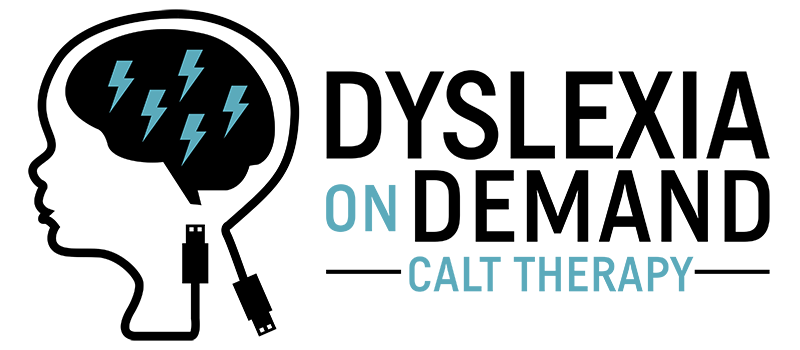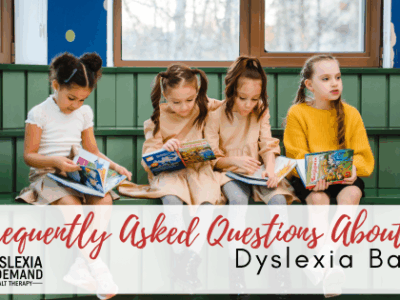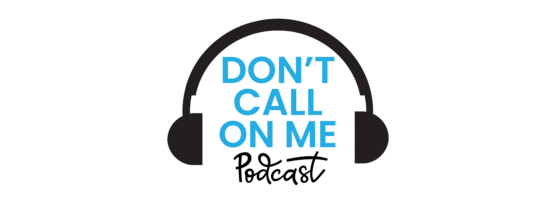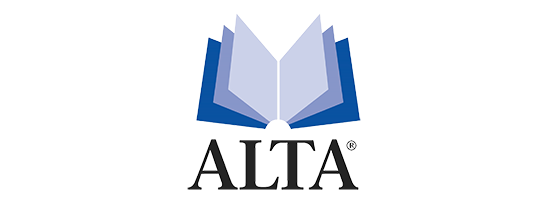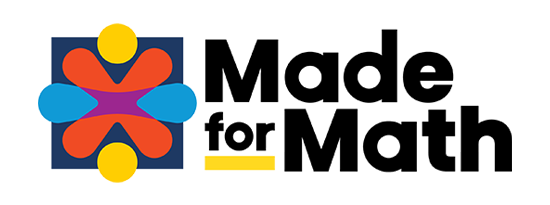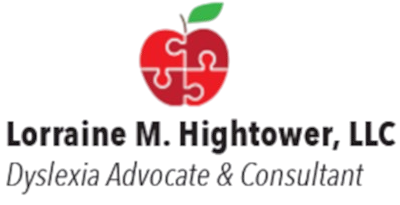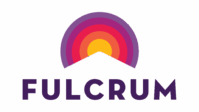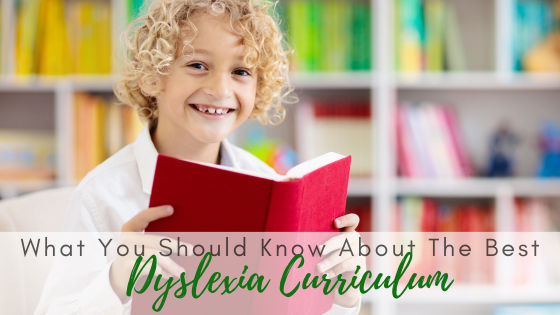
What You Should Know About The Best Dyslexia Curriculum
Up to 20% of children are affected with dyslexia. For students with dyslexia, finding the right treatment is essential. You may have heard of some of the commonly implemented instructional methods. Two distinctly different approaches to treatment for dyslexia include dyslexia tutoring and dyslexia therapy.
While dyslexia can affect students in different ways, the best intervention often involves a comprehensive, multisensory approach. Read on for what you should know about the best dyslexia curriculum.
The best approach: The best interventions and curricula for dyslexia directly, explicitly, and systematically teach students an awareness of the sounds of language, letter-sound associations, vocabulary, spelling and strategies for understanding written language. In today’s dyslexia interventions, the Orton-Gillingham approach stands out as a tried and true method for teaching.
What is Orton-Gillingham? Many reading programs include influences from Orton-Gillingham. Orton-Gillingham was the first teaching approach that was designed to specifically help struggling readers learn the connections between letters and sounds. Its multisensory approach has proven to be highly effective for dyslexic students.
Orton-Gillingham has influenced many successful reading programs, but two of these curriculum programs stand out: Take Flight and Basic Language Skills.
Take Flight: One of the two best programs for students with dyslexia is Take Flight, a treatment developed by the Luke Waites Center at the Scottish Rite for Children. The Scottish Rite center has been a leader in developing reading interventions for more than 50 years.
- Curriculum length: This is a two-year curriculum that builds on the success of previous dyslexia therapy programs developed by the Scottish Rite.
- Expert instruction: It was designed for use by expertly trained Certified Academic Language Therapists (CALTs).
- Student demographics: This program has been devised for students with dyslexia who are 7 through 13, but it can be used through adulthood. .
- Specific goals: Take Flight was developed to help students with dyslexia to achieve and maintain better word recognition, reading fluency, and reading comprehension. It consistently meets these goals.
- Focus on phonemic awareness: The program explicitly teaches students the relationships between speech-sound production and spelling-sound patterns.
- Hooked on phonics: CALTs provide students with a systematic approach for single word decoding.
- Fluency is key: It uses researched practice in repeated reading of words, phrases, and passages to help students read new texts more fluently.
- New words: Take Flight teaches multiple word learning strategies that include definitional, structural, and contextual approaches.
- Full Comprehension: This program encourages students to use strategies like cooperative learning, story structure, question generation, answering, and summarizing when they read texts.
- Pointing toward the future: It helps to aid students as they transition from a therapy setting to more real world learning.
Another great dyslexia curriculum—Basic Language Skills: Basic Language Skills (BLS) was developed by the Neuhaus Education Center. Neuhaus has been a leader in finding solutions for overcoming dyslexia for more than 40 years. Basic Language Skills is similar in scope, sequence and rigor to the Take Flight program and includes many of the same therapeutic elements.
- Curriculum length: This intensive, systematic, sequential, and comprehensive literacy program can take 2 to 3 years for students to complete. It has been highly effective for dyslexic students.
- CALTs only: BLS was designed to be taught by CALTs.
- Specific goals: This program aims to improve student skills in phonemic awareness, letter recognition, decoding, spelling, fluency, comprehension, handwriting, vocabulary, and oral-written expression.
- Great inspiration: Like Take Flight, BLS Shares similar characteristics with other successful Orton-Gillingham-based curricula.
Some important factors for success with dyslexia therapy include the frequency and intensity of the programs as well as the skill level of instructors.
- Frequency: Through guided, repeated practice of a good curriculum, students are able to apply the things that they have learned efficiently.
- Intensity: Factors like smaller group size, longer sessions, and individualized lessons truly distinguish good dyslexia intervention from other reading instruction.
- Highly skilled instructors: CALTs integrate visual, auditory, and motor processing with an understanding of the English language’s structure. This provides a solid foundation in written language skills.
How can you get started with the best dyslexia curriculum? Dyslexia on Demand implements powerful and successful programs for dyslexia therapy. Certified Academic Language Therapists offer one-on-one or group therapy sessions for students four times per week. Instruction for these programs take place exclusively online. CALTs guide students through a tailored multisensory program with explicit, systematic instruction for reading and spelling in the curriculum that is just right for them.
Dyslexia on Demand’s mission is to make dyslexia therapy accessible to all students who need it. Online programs help to make this possible. At Dyslexia on Demand, highly qualified therapy professionals use evidence-based methods to implement Orton-Gillingham-based curriculum; this is a winning combination for dyslexia therapy.
Reach out to the experts at Dyslexia on Demand to start getting the best help with the best dyslexia curriculum for your student.
